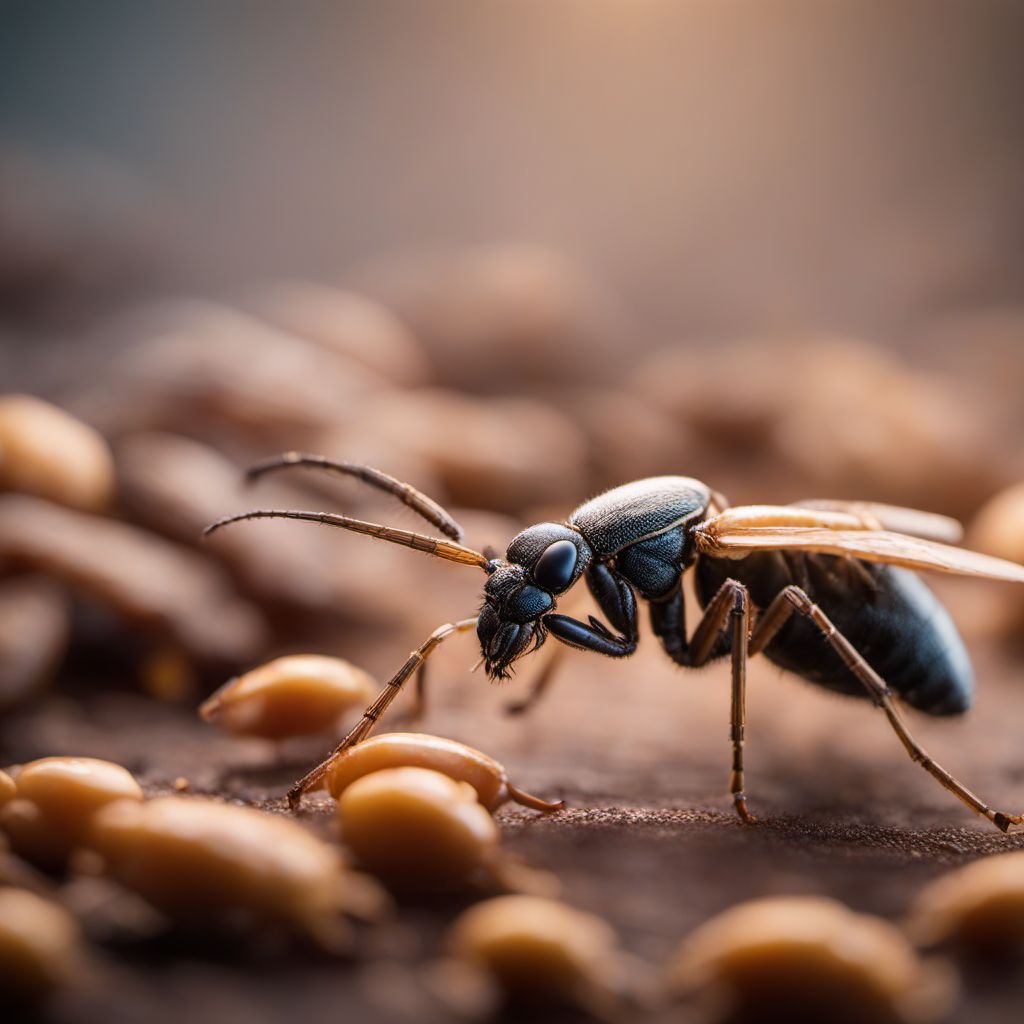
Ingredient
Insects and arachnids (including species only consumed outside EU)
Unveiling the Delicacies of the Bug World: Edible Insects and Arachnids
Insects and arachnids are a diverse group of creatures that are consumed as food in many cultures. They come in various shapes, sizes, and flavors, ranging from crunchy and nutty to earthy and savory. Insects like crickets, mealworms, and grasshoppers have a crunchy texture, while arachnids such as scorpions and tarantulas offer a chewy bite. Despite their unconventional nature, these ingredients are highly nutritious, packed with protein, vitamins, minerals, and healthy fats. Their appearance can be intriguing, with vibrant colors and unique exoskeletons that add visual interest to dishes.
Origins and history
The consumption of insects and arachnids dates back thousands of years and has been a part of the traditional diets of many cultures, including those in Africa, Asia, and Latin America. Insects were an important food source for early humans and were often gathered from nature. In some cultures, insects were considered a delicacy and were reserved for special occasions or used as a form of currency. Today, the practice of consuming insects and arachnids is gaining popularity worldwide due to their sustainable nature and nutritional benefits.
Nutritional information
Insects and arachnids are highly nutritious, containing high levels of protein, vitamins, minerals, and healthy fats. They are particularly rich in essential amino acids, such as lysine and methionine, which are often lacking in plant-based diets. Additionally, they are low in carbohydrates and can be a good source of iron and calcium.
Allergens
Insects and arachnids may cause allergic reactions in individuals with existing allergies to shellfish or dust mites. It is important to exercise caution and consult with a healthcare professional if you have any known allergies before consuming these ingredients.
How to select
When selecting insects and arachnids, it is essential to ensure they are sourced from reputable suppliers who follow proper hygiene and safety standards. Look for products that are specifically labeled for human consumption and have undergone proper processing and quality control. Freshness is key, so choose insects that are alive or freeze-dried for optimal quality.
Storage recommendations
Insects and arachnids should be stored in a cool, dry place away from direct sunlight. Dried insects can be stored in airtight containers to maintain their crispness and flavor. Live insects should be kept in appropriate containers with proper ventilation and food sources, following the instructions provided by the supplier.
How to produce
Amateur insect farming, also known as entomophagy, can be done on a small scale using specially designed kits or containers. These kits provide the necessary environment for breeding and raising insects such as mealworms or crickets. It is important to follow proper guidelines and regulations for insect farming, as well as ensure the welfare and ethical treatment of the insects.
Preparation tips
Before consuming insects and arachnids, it is crucial to properly clean and cook them to ensure food safety. Many insects can be roasted, fried, or baked to enhance their flavor and texture. They can be used as toppings for salads, added to stir-fries, incorporated into baked goods, or even used as a protein-rich ingredient in energy bars or smoothies. Experiment with different seasonings and cooking techniques to discover your preferred way of enjoying these unique ingredients.
Culinary uses
Insects and arachnids are commonly used in various culinary applications. They can be used as a protein-rich ingredient in savory dishes such as stir-fries, soups, or tacos. Insects like crickets or mealworms can be ground into a powder and used as a flour substitute in baking, adding a nutritional boost to bread, cookies, or protein bars. They can also be used as a crunchy topping for salads or incorporated into unique appetizers and snacks.
Availability
Insects and arachnids are commonly available and cultivated in regions such as Africa, Asia, and Latin America. However, their availability may vary depending on local regulations and cultural acceptance. In some countries, specialized insect farms or online retailers offer a wide range of edible insects and arachnids for purchase.
